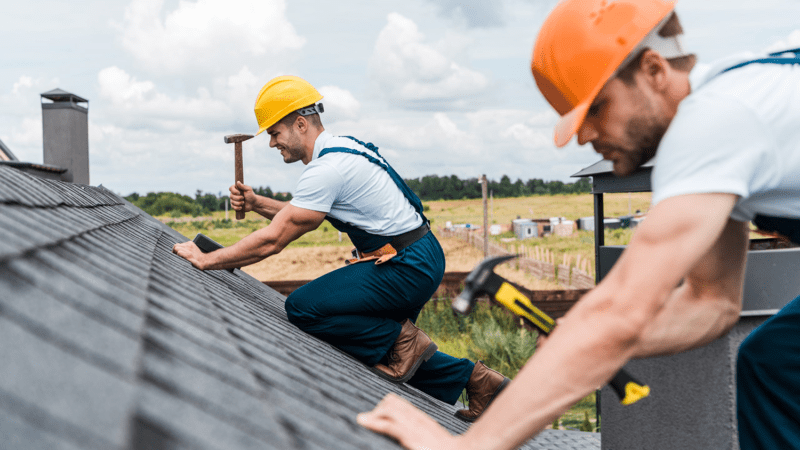Understanding the Benefits of Retaining Walls for Buildings
Retaining walls are an integral part of architectural design and engineering because they provide several benefits. They are extensively used to provide additional stability and prevent damage to the building site and the structure itself. In addition, contractors understand that using the right retaining walls will help keep the structure safe and compliant with existing building codes.
Builders realise that when erecting infrastructure, earth retaining wall structures are among the essential aspects of their procedure. They must ensure that the site will be stable and safe enough for construction to commence properly. Otherwise, neglecting such structures may result in catastrophic workplace accidents. Therefore, it’s essential that they properly install retaining walls before proceeding with the rest of the project.
Here are the benefits of retaining walls for commercial buildings.
Prevents soil erosion
Incorporating retaining walls into the construction ensures that the site wouldn’t experience excessive erosion. In addition, retaining walls provide stability as they provide levelled surfaces against inclined planes, thereby providing a mechanism against runoffs. Coupled with the right drainage system, it will enhance the building’s safety, structural integrity, and stability.
Helps divert rainwater for collection
Used with an innovative design to help catch and divert rainwater into built-in water collection and purification systems, a retaining wall can help make a building sustainable. Rather than having floodwaters become a problem, incorporating a retaining wall will help make the structure more ecologically friendly as it can use the collected water for better purposes.
Also, if the property is near a body of water, retaining walls can easily divert strong floodwaters directly to the open water area. Although there will be local regulations to follow, such a drainage feature will help keep the site safe and desirable in the long run.
Prevents sinkholes
Retaining walls provide level surfaces, and coupled with functional drainage and water diversion system; they can prevent erosion and sinkholes from damaging the property. This may be an understated benefit, but it prevents damage to the structure and the immediate surroundings, which can elevate the property’s aesthetics and value over time.
Creates usable flat areas
Flat ground will always be better and more stable than steep slopes. Flat areas provide stability and lessen the threat of landslides damaging the property. Builders and contractors can use flat land to incorporate activity areas that enhance the property’s value. They can build parking spaces, additional buildings, a sports field, and gardens to complement the building. The opportunities presented by flat areas can be limitless.
Makes slopes useful
If the property owner doesn’t want to tamper too much with the geography, builders can use retaining walls to create a functional feature that will enhance the property’s desirability. For example, they can create pathways that will provide access for all people, handicapped or not. Such a feature will help the site comply with various accessibility regulations prescribed by pertinent laws. This will create a positive image for the site and increase the property’s value. In addition, contractors can come up with various functional features that will enhance the usability of sloped areas.
Beautifies the site
If the building site is on a sloped area, retaining walls can be introduced to create beautiful landscapes that will help brighten the area. Retaining walls don’t have to look spartan, and builders can use prefabricated panels with designs or create designs suitable for the site. Creative architects will understand that such a feature will only add to the site’s appeal. They can design retaining walls that will make the feature less of an eyesore and more of an attraction.
Lessens maintenance needs
As retaining walls prevent erosion and other flood damage, they can also prevent the need for extensive maintenance after typhoons. In addition, properly situated retaining walls can prevent the building’s basement and lower levels from becoming flooded, adding to the structure’s image and appeal. It will also decrease potential liability due to damaged vehicles parked inside the building. Additionally, retaining walls make it easier and safer for the ground crew to work as they don’t have to worry too much about slipping on sloped terrain.
Increases property value
While retaining walls may be an overlooked feature for most people, it does help increase property valuation because it adds a distinctive appeal to buyers. In addition, buyers understand that these retaining walls are necessary to keep the property secure from damages and other similar concerns, thereby making them an essential part of the site.
Endnotes
Retaining walls are among the essential features of a building. They prevent erosion and sinkholes, and they can also provide structural stability, additional usable space and better property valuation.






